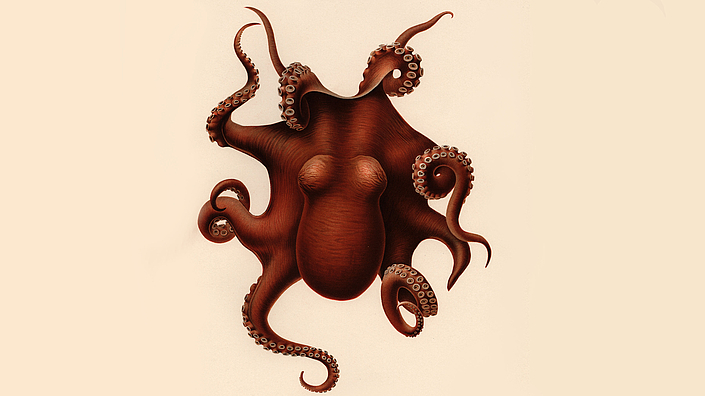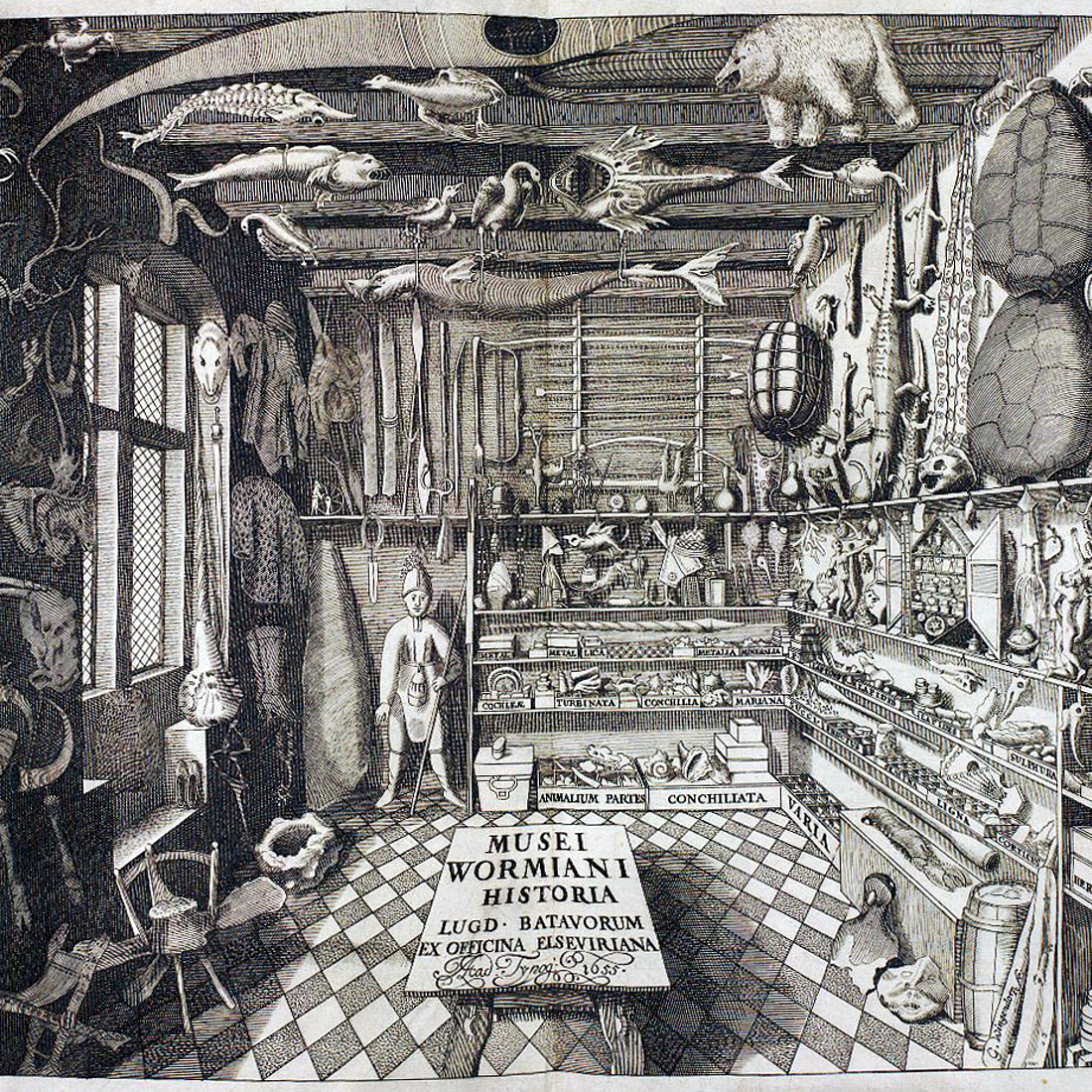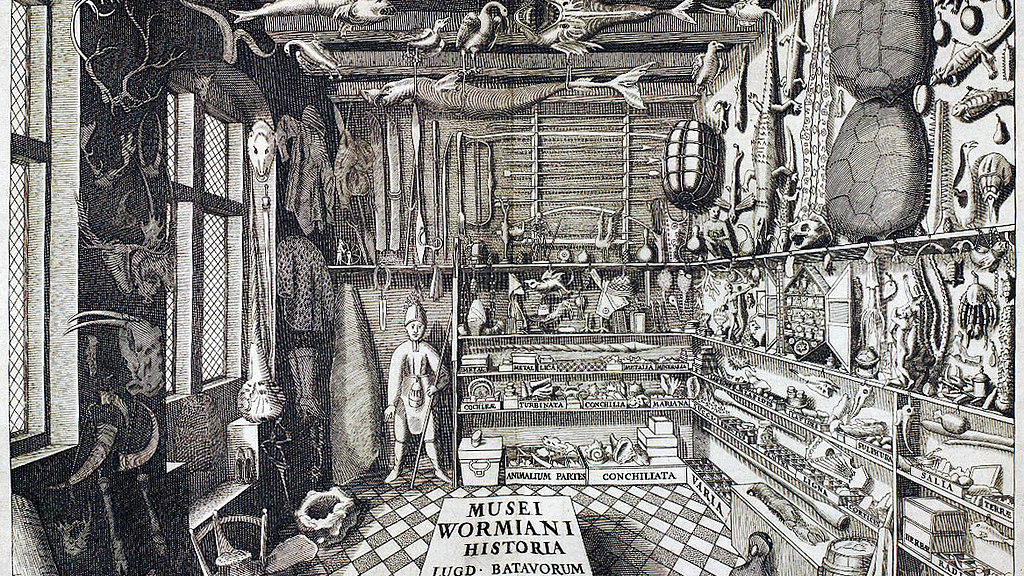Ships as media of knowledge generation
We study the significance of shipping for the collection of data and the generation of knowledge. After all, without ships, there would be a lot we wouldn't know about the Earth.
Until well into the 19th century, ships were not built purposely as research ships. Specialisation of ship form and equipment for extreme research conditions (e.g. for deep sea and polar regions) shows if and how a society is prepared to take on high financial risks in return for an extremely costly research infrastructure. The adapting of existing ship forms to scientific requirements, for example in the case of expeditions of the 18th century, illustrates how maritime practices clashed with knowledge systems developed on land but also how they influenced each other.
In thematic field 2 (Ships as media of knowledge generation), we study and demonstrate that ships are relevant as means of transportation, but also as "floating labs", in order to generate and communicate knowledge. In this way, a maritime history of science contributes to a basic understanding of the reciprocal effects of knowledge and society. From a diachronic perspective of the 16th to 21st centuries, we analyse the materiality of ships, their financing, their construction, the spacial differentiation of the different practices on board, the implementation and (non-)functioning of scientific devices during the journey and the circulation of acquired knowledge in the terrestrial context. We look at the relationship between crew and scientists and examine the intertwining of economic and political interests in which these act in collaboration with shipbuilding and machine engineers. In addition, we dedicate ourselves to the connection between ship-related data collection and the processing of this collecting on land. In doing so, we investigate the relevance of social-cultural preception and assessment in these processes.
Discover the results of the research and collected objects in our new exhibition
In thematic field 2 (Ships as media of knowledge generation), the focus is currently on the correlation between commercial shipping and the genesis of museum collections as well as on oceanographic research in the 20th century. The findings from both research projects can be experienced spatially linked to each other in the new exhibition. In the upper floor, which connects the two museum buildings, the history of the ship-related spatial knowledge is presented. We show here how and which ethnographic natural-historical collection items arrived in the museum's collection via sailors. From here, we lead visitors over to a research ship installation in the exhibition. In this, vistors can get a feel for the properties of ice-breaking research ships and the scientific activities on board through the example of a 20th century vessel.
Aside from these current projects, we are planning the following thematic continuations: the establishment of a research project on the connection between perception and awareness of marine animal and plant species and shipping in the North Sea area from the 16th to the 18th century, the development of the project area on commercial shipping and collection genesis in view of colonial-era knowledge systems, and the deepening of research on the history of shipping in the 20th century taking, in particular, a West German-East German comparison into consideration.
Our research is networked and interdisciplinary
Thematic field 2 (Ships as media of knowledge generation) has a variety of reference points for the "Shipping and the environment" focal point. The research is embedded in close international and interdisciplinary cooperation between science and technology historians, sociologists, oceanographic and polar researchers and cultural scientists. We have dedicated ourselves to the "practical" and "material turn" of empirical research and want our visitors to be informed in such a way that they can categorise the historical facts reflectively. We want to create a consciousness of how coincidence can influence scientific development, how scientific assertions come about and which – so far underrated – role ships have played in research and knowledge.
Further reading
Lynch, Michael und Woolgar, Steve (eds.)
Representation in Scientific Practice
Cambridge/London 1990
Mariss, Anne
“A world of new things”. Praktiken der Naturgeschichte bei Johann Reinhold Forster
Frankfurt/New York 2015
Mills, Eric L.
The Fluid Envelope of our Planet: How the Study of Ocean Currents Became a Science
Toronto 2012
Müller, Dorit und Scholz, Sebastian (eds.)
Raum, Wissen, Medien
Bielefeld 2011
Rozwadowski, Helen M.
Fathoming the Ocean: the Discovery and Exploration of the Deep Sea
Cambridge MA 2005
Sorrenson, Richard
The Ship as a Scientific Instrument in the Eighteenth Century
In: Osiris 11 (1996), pp. 221-236
Related articles
-German research ships in the 20th century
The project examines the influence of various interests and considerations on the financing and the conception of German research ships and programmes both in the Federal Republic of Germany and the German Democratic Republic.
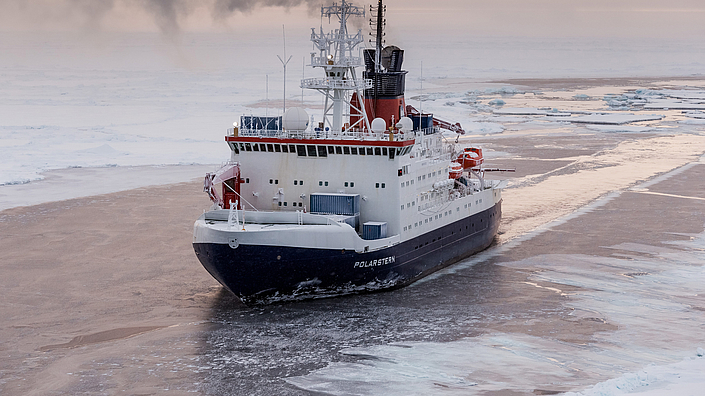
Knowledge on tour
"Knowledge on tour – Shipping, logistics and the genesis of European collections (16th to the 20th centuries)" is a research project at the German Maritime Museum in Bremerhaven.
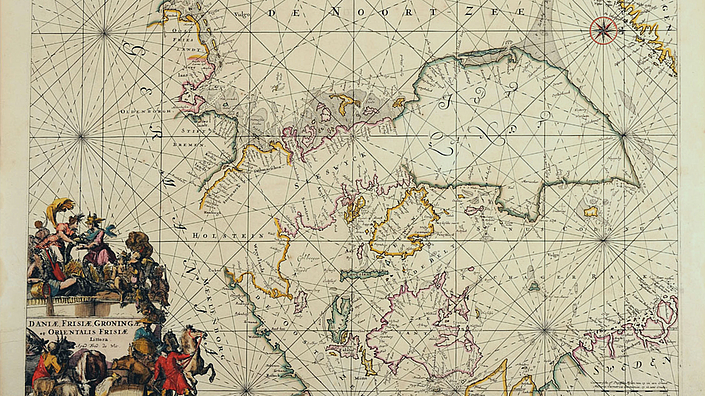
Shipping, biodiversity and globalisation
Global shipping has an effect on biological diversity. "Shipping and biodiversity in the age of globalisation" investigates the role of shipping in the Anthropocene.
